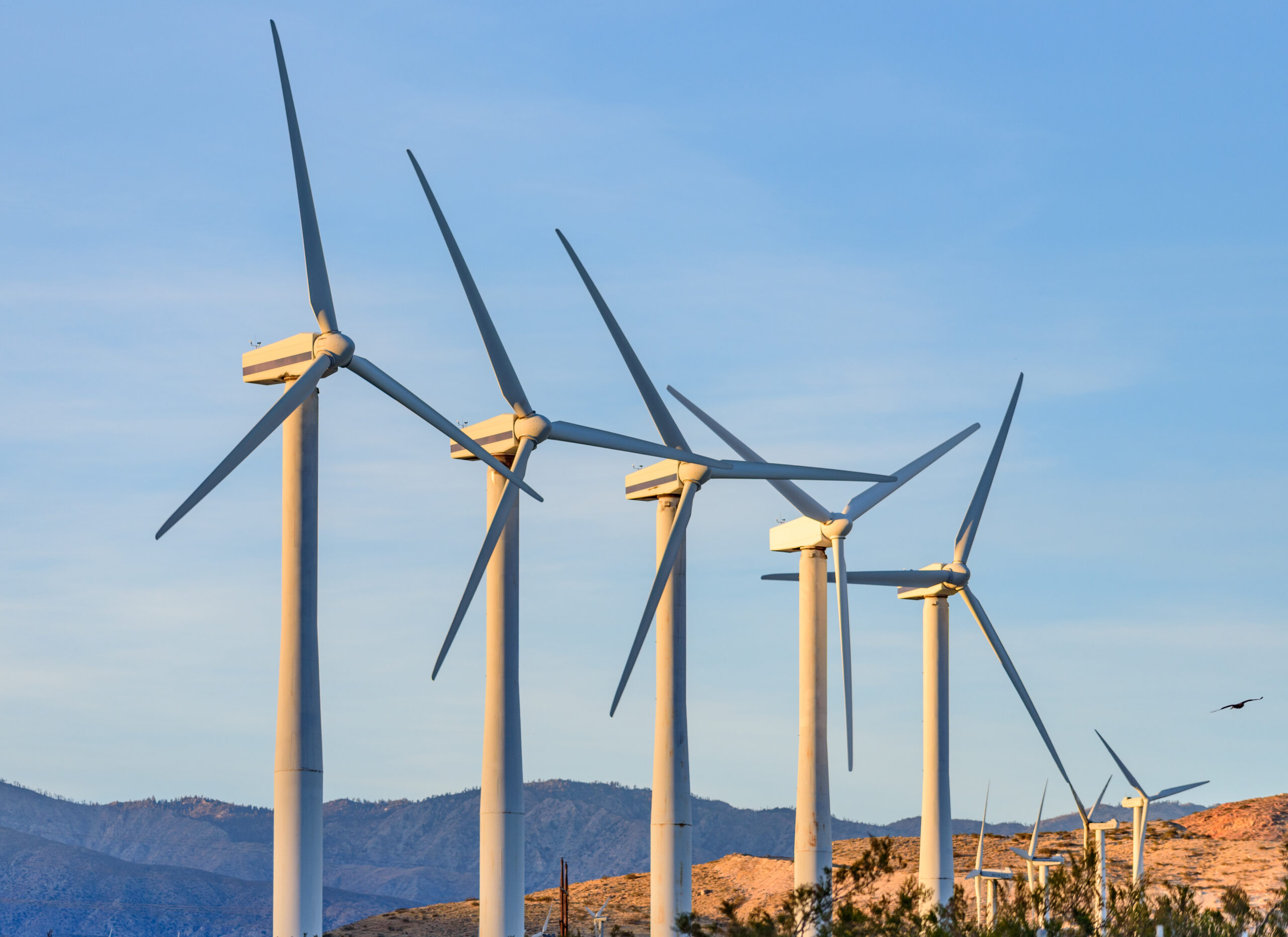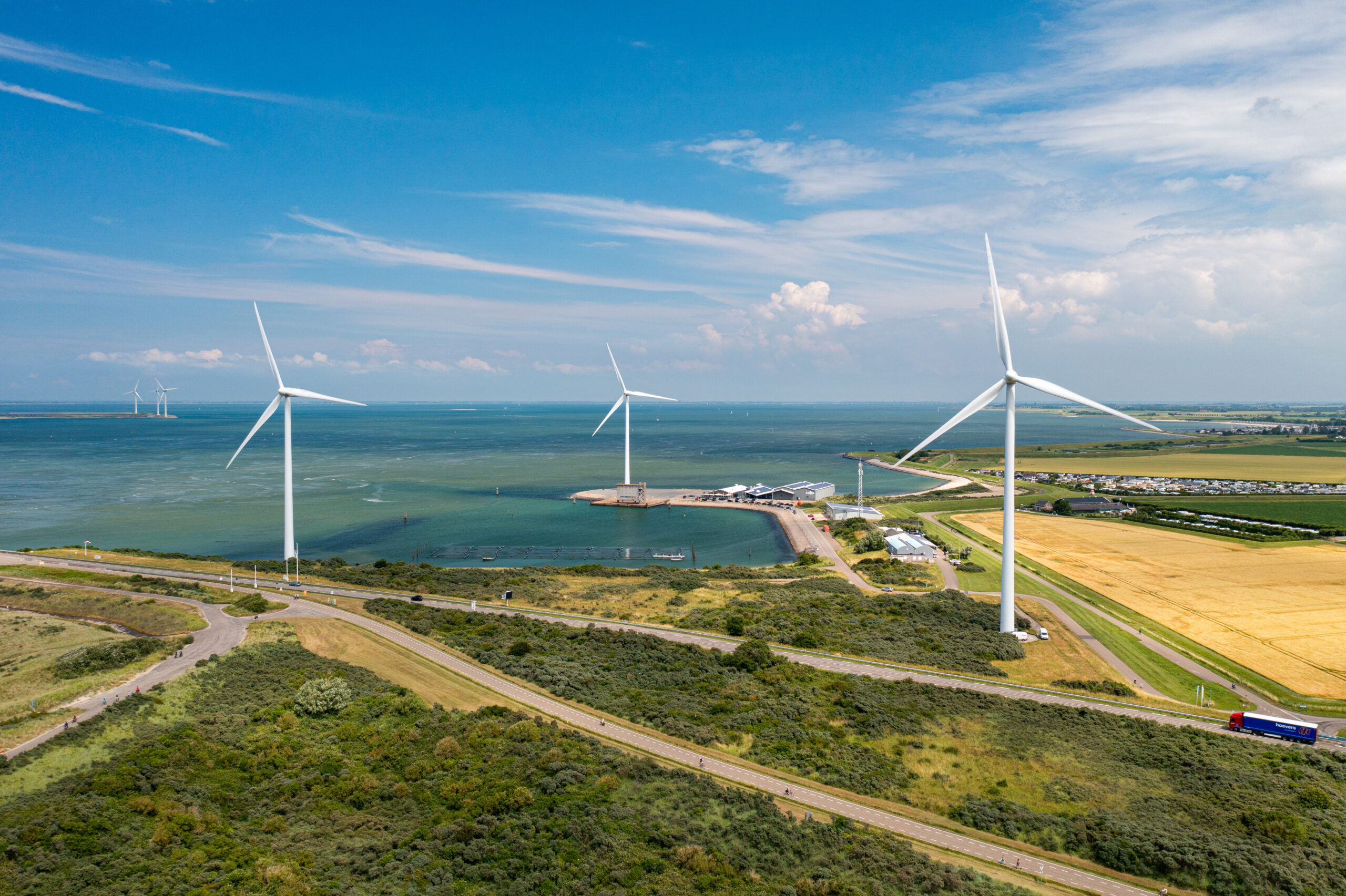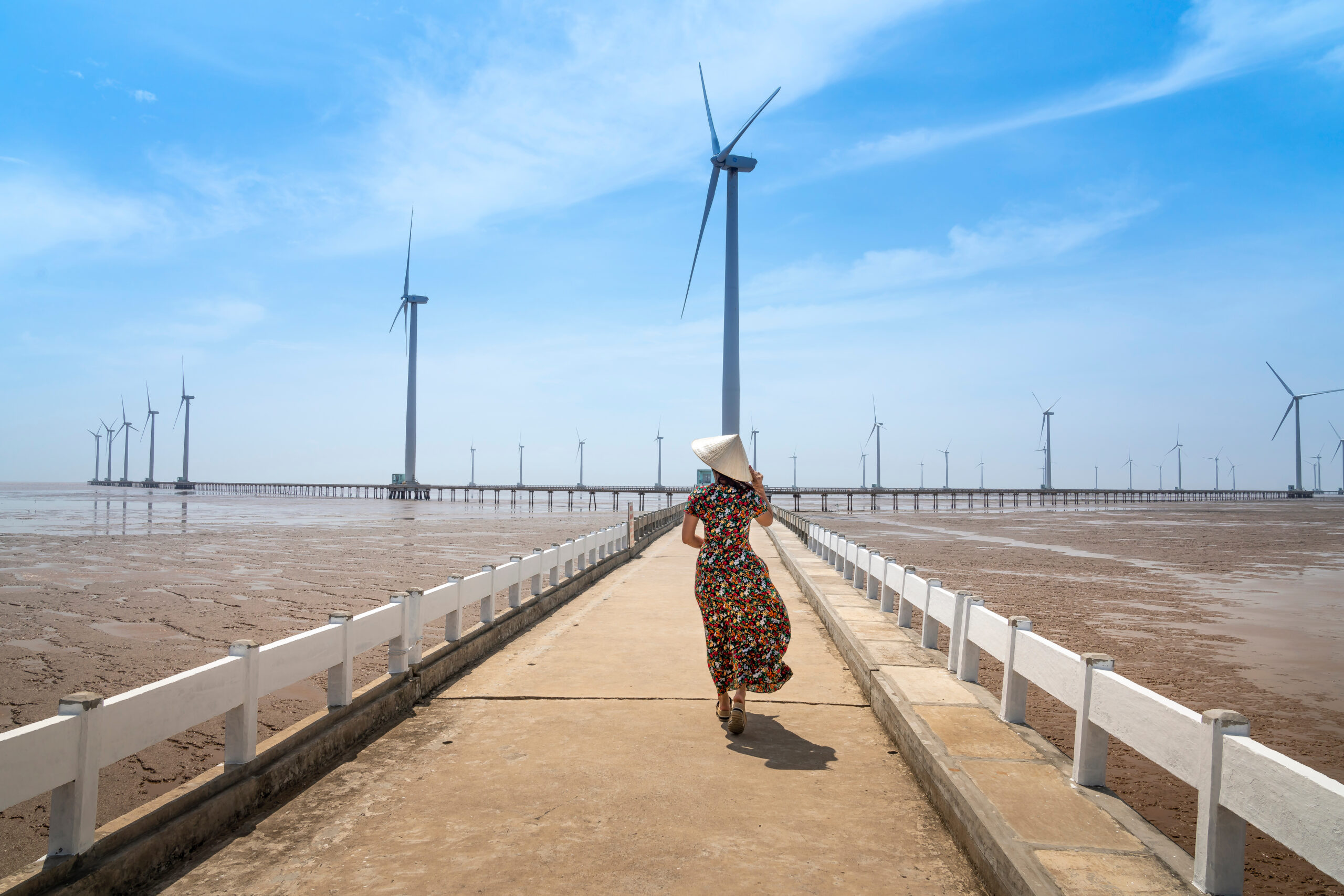By 2030 U.S. could reach 90% clean energy: NREL
The U.S. this decade will see the ascent of clean energy: NREL.

The U.S. is poised to rapidly accelerate renewable energy deployment this decade, thanks to two major pieces of legislation passed in the Biden administration’s first term related to clean energy, NREL researchers found.
The share of electricity generated from carbon-free sources could rise to between 71 and 90 percent by 2030, up from 41 percent in 2022. That comes from a new report published by the U.S. National Renewable Energy Laboratory (NREL), which attributes much of the potential increase to the Inflation Reduction Act (IRA) passed last year, and the Infrastructure Investment and Jobs Act, a bipartisan infrastructure law passed in 2021.
The two laws are expected to pump $430 billion into climate and clean energy programmes through 2031 via tax credits and public investment. Solar and wind alone are projected to reach 40 to 62 percent of total generation.
With renewables knocking coal and gas plants off the grid, power sector CO2 emissions could decline by as much as 72 to 91 percent below 2005 levels by the end of the decade. Those reductions, if they are achieved, would translate into avoided damages equivalent to $160 to $230 billion annually by 2030.
“The results of this analysis demonstrate that IRA and BIL have the potential to drive transformative change in the U.S. power sector,” the report concluded.
Separately, investment bank Goldman Sachs estimates that the IRA will result in $1.2 trillion in investment from the government, spurring another $3 trillion in private sector investment.
Many experts now consider the struggle to build enough long-distance transmission lines as one of the key hurdles standing in the way of rapid deployment of renewable energy. High-voltage transmission lines can take a decade or more to build, due to an array of lengthy financial and regulatory processes.
A widely-cited 2022 study from Princeton University estimates that upwards of 80 percent of the emissions reductions expected from the Inflation Reduction Act would be unattainable if transmission capacity is not substantially expanded.
That has the U.S. Congress considering an overhaul of how the federal government sites and permits new energy projects. The problem, however, is that various factions of Congress have very different ideas of what “permitting reform” means. Members of Congress more friendly to the oil and gas industry want to open up more land for drilling and to make it easier to build pipelines, gas export terminals, and power plants, as Gas Outlook reported last year.
Others, mainly in the Democratic Party, want to grant more power to the Federal Energy Regulatory Commission (FERC) to give the greenlight to transmission projects, which they argue will unlock more renewable energy potential.
The gaps were too difficult to overcome last fall, but with Republicans now controlling the House of Representatives, talks are once again underway.



